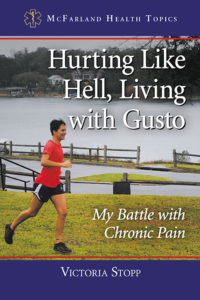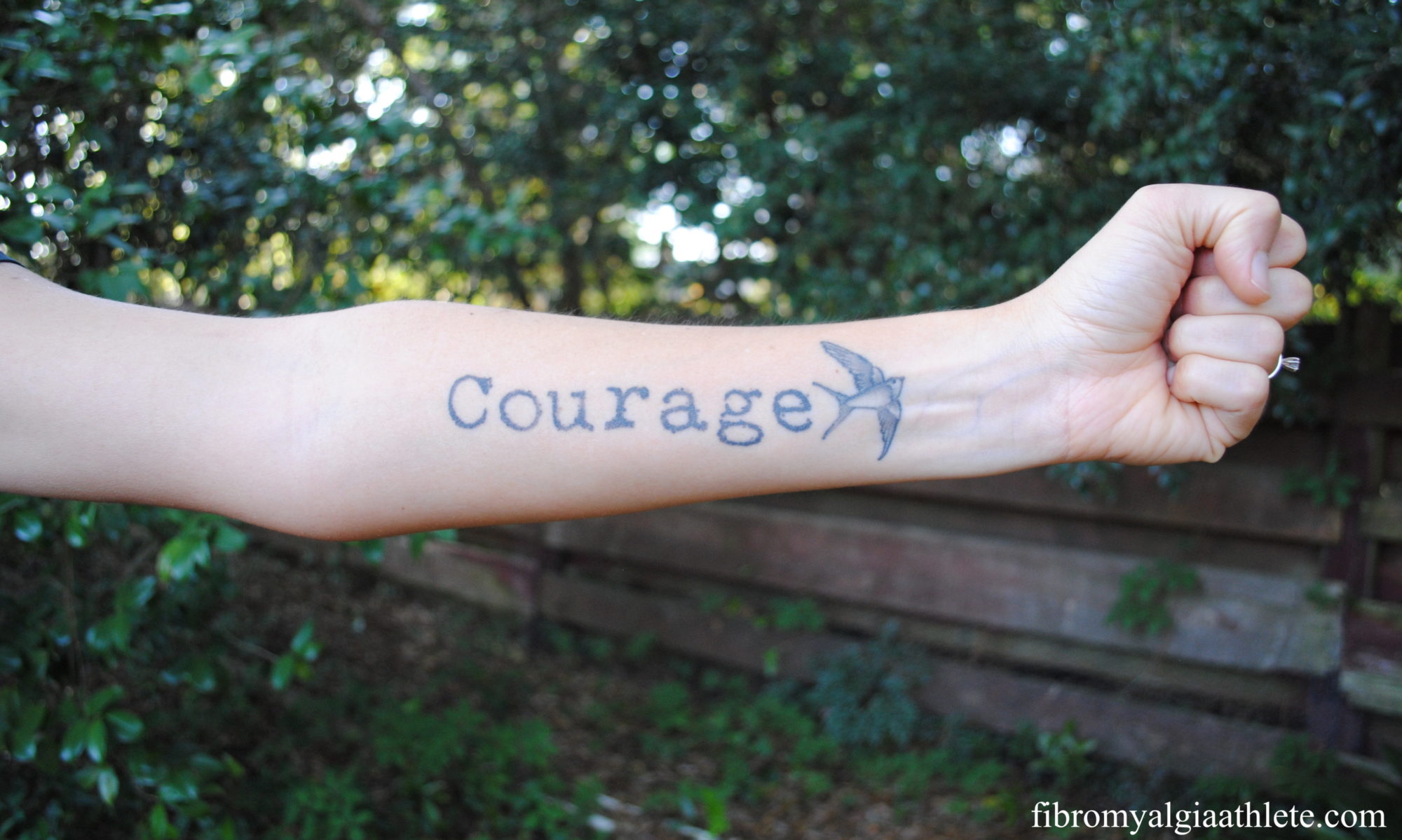Lyrica is not the drug for me. I gave it a few months, and after some ups and downs, the bad outweighed the good. I only got to 150 milligrams per day, partly because my rheumatologist is conservative, and partly because I was reticent to take Lyrica in the first place.
Titrating down wasn’t fun, but it wasn’t the worst thing ever. I went through a week where I alternately felt like Lyrica made me wide awake and obsessive or knocked me out. The last two weeks, I’ve been down to one 50mg Lyrica per night, and every time I took it, I started feeling increasingly more like I was losing my mind. And it was that scary kind of mind loss—like the stories you read about where people are going crazy, but they’re still sane enough to know it.
Two nights ago was my last time taking Lyrica because of the unbearable psychological distress combined with a complete lack of effectiveness at relieving my fibromyalgia symptoms. I felt like I’d need a massive dose of Lyrica for it to be effective, but I also felt like I’d lose my mind entirely if I took the necessary dose. My memory had gone to hell, I’m certain my IQ had dropped significantly, and I felt like an addict. But the going crazy thing is what tipped me over.
Insomnia has plagued me for years. Sometimes my body (in whole or part) hurts too much for me to get comfortable in bed. Other times, my mind races and I can’t stop thinking about the herniated discs in my neck. Then I get so mad about not sleeping that the frustration keeps me awake. I was very worried about returning to completely sleepless nights post-Lyrica.
I bought sublingual melatonin at the health food store in hopes of sleeping somewhat normally. It tastes like orange-flavored cough syrup, but it helps some. I’m only trying 1.5 mg per night for now, but they had 10 mg pills. The first night off Lyrica and on melatonin, I didn’t feel crazy at all, and I even slept for 6 hours. The next night, I got less sleep, but I still didn’t feel crazy. And I’m gradually losing the tough case of the stupids that I’d gotten while on Lyrica.
Exercise-wise, my first day off Lyrica started with an hour-long run. My second Lyrica-free day included a 35-minute bike ride in a thunderstorm (fun, really), 15 minutes of modified Crossfit, and 20 minutes of low-intensity weightlifting. My neck has been sore constantly for several days, and my left hip and knee are tender, but nothing’s majorly flared at the moment. The harder I exercise, the better I sleep, no matter what hurts.
I’m continuing with a vegan diet, and am soon going to add yoga to my exercise repertoire because I’m ridiculously inflexible and unable to relax. I’m weening off caffeine, and one of these days I hope to give up tortilla chips and rice crackers.
I’m so tired of being on drugs. Even when they’re legally prescribed, pills make me feel beholden unto a toxic substance, which in turn makes me feel even less in control of my life. Fibromyalgia has already stolen so many of my choices, and drug addiction—albeit legal—is something I’m trying to avoid. And at this point, I think I’ve tried almost every drug anyway, and none of them work for longer than a few weeks. I’m so, so tired of prescription drugs and their side effects. After years of trying everything else, “vegan exercise fanatic and melatonin user” doesn’t sound so bad.
 Temporary price drop! The Kindle version of Hurting Like Hell, Living with Gusto: My Battle with Chronic Pain is down to $3.99. If you or someone you know has dealt with chronic pain and/or is an athlete, you can probably relate to my story. I was originally injured while working as an emergency medical technician and have fought for years to regain my life on my own terms. Among the series of diagnoses I received was fibromyalgia, which was the catalyst for starting this blog.
Temporary price drop! The Kindle version of Hurting Like Hell, Living with Gusto: My Battle with Chronic Pain is down to $3.99. If you or someone you know has dealt with chronic pain and/or is an athlete, you can probably relate to my story. I was originally injured while working as an emergency medical technician and have fought for years to regain my life on my own terms. Among the series of diagnoses I received was fibromyalgia, which was the catalyst for starting this blog.

